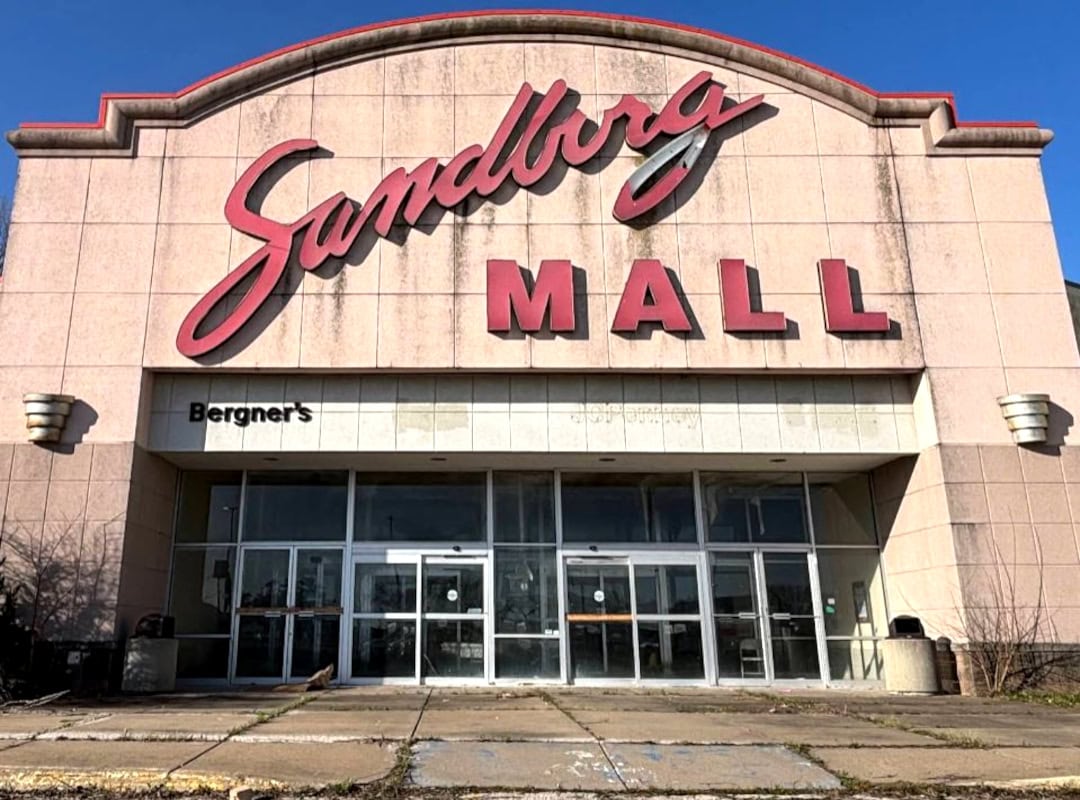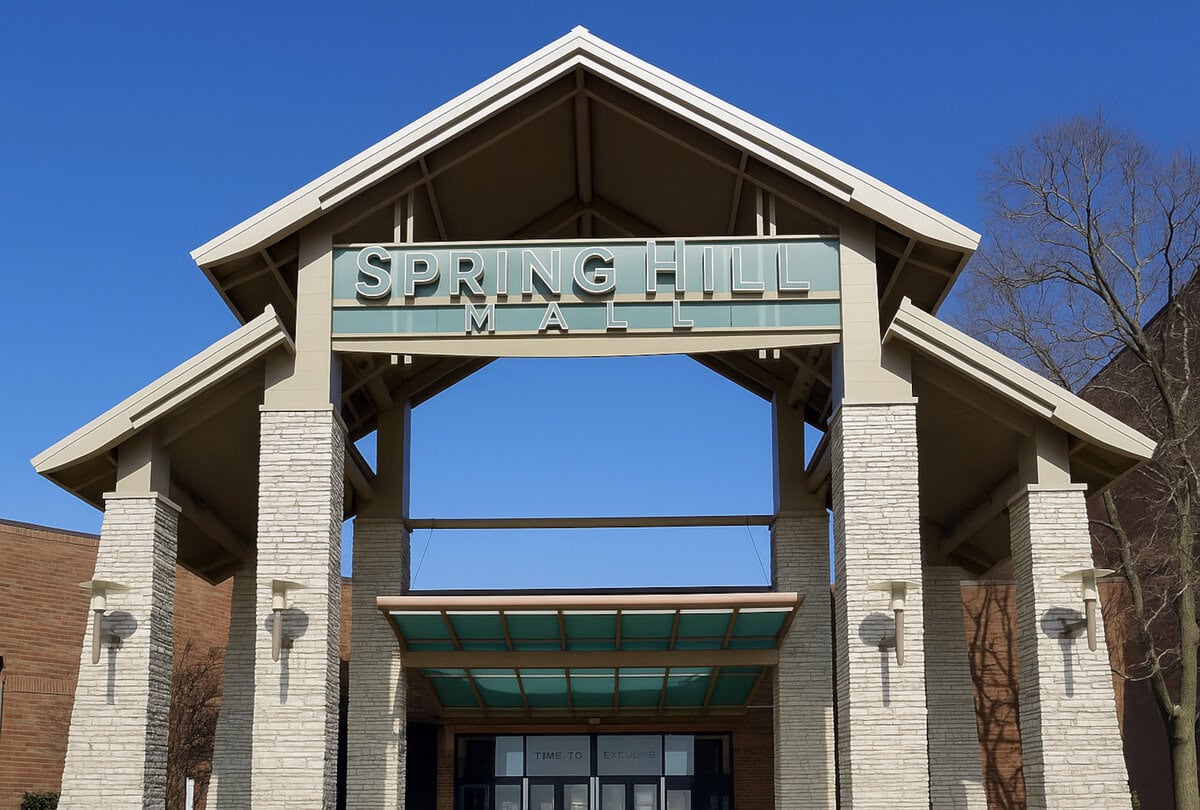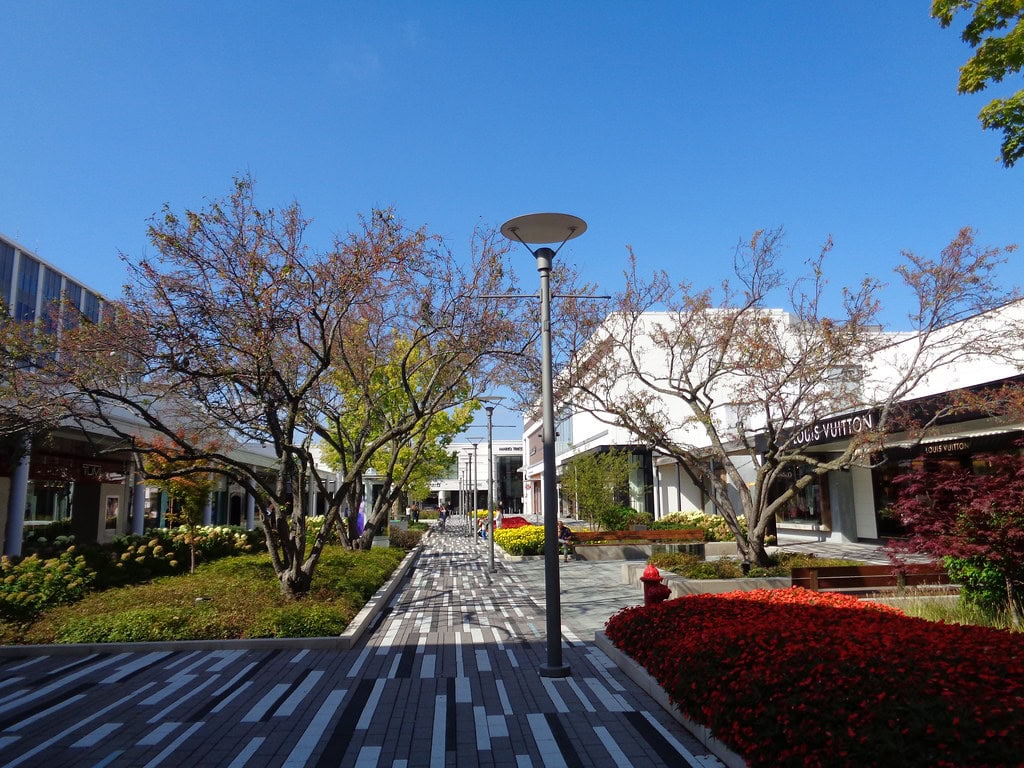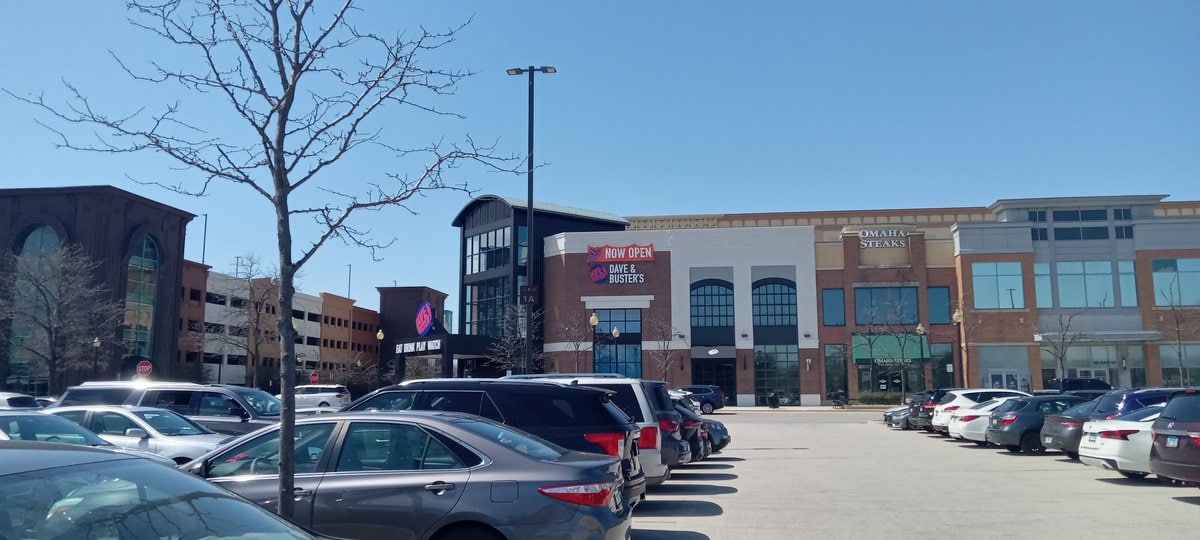From Drive-In to Shopping Hub - The Birth of Chicago Ridge Mall
Before it became a shopping destination, the site of Chicago Ridge Mall had a completely different purpose. From 1948 to 1979, the land was home to the Starlite Drive-In Theatre, a popular spot for moviegoers in the southwest suburbs of Chicago.
The outdoor theater operated for 31 years before closing in 1979, leaving the property open for redevelopment.
As the retail boom of the late 20th century gained momentum, developers saw the potential for a large shopping center in the growing suburb of Chicago Ridge, Illinois.
By 1980, plans for a $50 million shopping mall were in place, and construction began that same year.
The Tucker Companies, a major developer at the time, led the project.
They envisioned creating a large, enclosed retail center that would draw shoppers from surrounding areas, including Oak Lawn, Palos Hills, and Bridgeview.
The mall officially opened in 1981. It features a single-story design with multiple anchors, a mix of fashion retailers, and a food court.
Among the original anchor stores were Carson Pirie Scott and Madigan's, each bringing in steady foot traffic.
In July 1981, Essaness Theatres opened a triplex cinema inside the mall to add entertainment to the shopping experience.
Over the years, the theater expanded to six screens, later operated by Cineplex Odeon, then Loews, and eventually AMC Theatres, which still operates today.
In its early years, Chicago Ridge Mall quickly became a go-to shopping center in the southwest suburbs.
Business was strong, and expansion plans took shape. In 1986, the mall underwent a major renovation, adding more retail space and improving its layout.
That same year, ownership changed hands for the first time when The Lenhdorff Group purchased the property.
However, the new ownership did not last long. By 1987, the mall was sold again, this time to JMB Realty, a real estate investment firm looking to strengthen its retail portfolio.
Chicago Ridge Mall entered the late 1980s on solid footing, attracting national and regional retailers while serving as a retail anchor for the area.
With a strong mix of department stores, specialty shops, and entertainment options, the mall cemented its place as one of the things to do near Chicago, IL.
The stage was set for its peak years in the 1990s, but like many malls of its era, it would eventually face shifts in consumer habits, economic downturns, and changing retail landscapes.
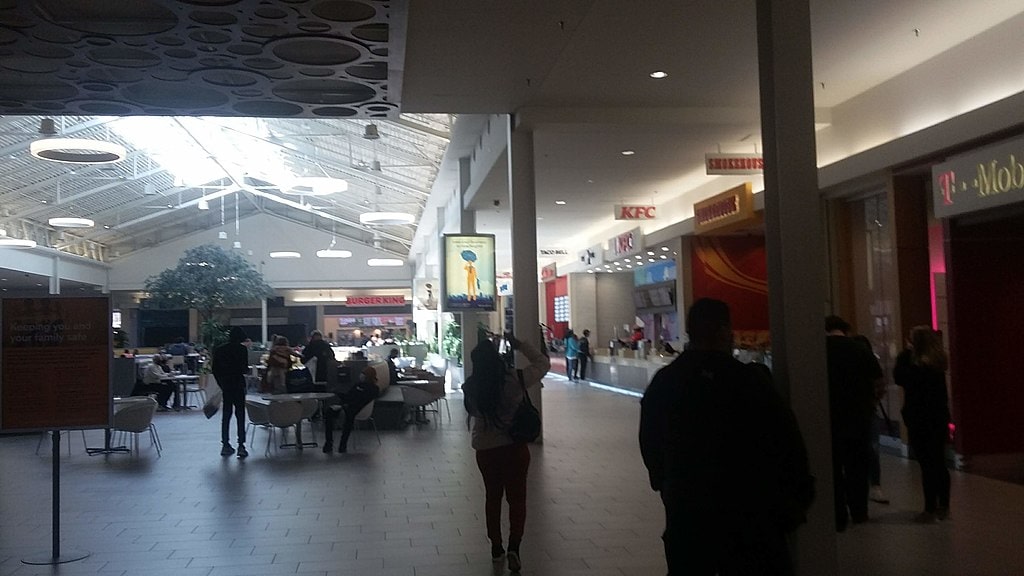
Peak Years - Thriving Through the 1990s and Early 2000s
The 1986 expansion added new stores, and the arrival of Carson Pirie Scott's two-story department store in 1987 further strengthened the mall's lineup.
In 1993, Montgomery Ward moved into the former Madigan's space, bringing another national retailer into the mix.
Shoppers had plenty of options, from major department stores to specialty shops selling fashion, electronics, and home goods.
The food court introduced more fast-casual dining choices, keeping visitors in the mall longer.
Chain restaurants, including Buffalo Wild Wings and Red Robin, arrived in later years, adding sit-down dining to the mall's mix.
In 2004, the Westfield Group acquired the property, renaming it Westfield Chicago Ridge.
This transition updated the mall's branding, marketing, and tenant mix.
Around this time, changes in the retail industry started to surface.
Montgomery Ward shut down in 2001 due to bankruptcy. The vacant space was later divided between Bed Bath & Beyond and Steve & Barry's, two retailers that catered to budget-conscious shoppers.
The Decline - Anchor Stores Closing & Changing Shopping Habits
Retail started to shift in the late 2000s, and Chicago Ridge Mall wasn't immune to these changes.
Department stores, which had been the backbone of malls for decades, faced declining sales as online shopping grew.
The closure of Steve & Barry's in 2008 was one of the first warning signs, leaving behind empty retail space.
In 2010, Westfield confirmed that Aldi would move into the former Steve & Barry's spot, marking a shift toward necessity-based shopping instead of traditional mall retail.
The biggest blow came in 2018 when Carson's closed after its parent company, The Bon-Ton Stores, went out of business.
The department store had been a fixture for over 30 years, and its closure left a large vacancy.
A few years later, in 2021, Sears announced it would close as part of a nationwide downsizing, ending its long run at the mall.
These closures reduced the number of anchors, making it harder for smaller stores to attract steady foot traffic.
National retailers also started leaving the mall. The Disney Store, which had been a long-time tenant, shut down in 2021, along with several other locations nationwide.
The closure of Bed Bath & Beyond in 2023 was another setback, leaving Kohl's and Dick's Sporting Goods as the only remaining major anchors.
While some new stores arrived, the mall's reliance on department stores had weakened, and attracting large tenants became more difficult.
New Ownership - Can Second Horizon Capital Revitalize the Mall?
By 2024, Chicago Ridge Mall remained open, but its tenant mix had changed.
While the mall still housed over 100 stores, many of the long-standing national brands had closed.
In March 2024, Starwood Capital Group sold the mall to Florida-based Second Horizon Capital.
This sale occurred after Starwood failed to pay off an $80 million loan tied to the property by its July 2023 expiration.
Following the acquisition, Second Horizon Capital secured a 41,000-square-foot lease with Burlington Coat Factory in March 2024.
This move marked the first anchor tenant to sign a lease under the new ownership.
Second Horizon expressed optimism about revitalizing the mall, with plans to invest substantial capital into renovations aimed at enhancing its appeal and increasing occupancy.
The new owner had a track record of investing in struggling retail properties, though details about their plans remained unclear.

While no official redevelopment proposals had been announced, commercial real estate analysts speculated that the company would look for alternative uses for the empty anchor spaces.
Some malls in similar situations had repurposed these areas for gyms, medical offices, or entertainment centers, but Second Horizon had not confirmed whether it would take that approach.
More brands are focusing on e-commerce and reducing their physical store presence, which means fewer big-name retailers are looking to expand into mall locations.
National chains like Macy's, JCPenney, and Nordstrom have already scaled back their store counts across the country, making it unlikely they will move into Chicago Ridge Mall.
Even with these obstacles, the mall still has opportunities. The surrounding area had steady residential growth, meaning there was demand for shopping, dining, and entertainment.
If Second Horizon Capital made smart investments, the mall could transition into a mixed-use space, combining retail with fitness centers, office space, or community events to bring in more visitors.
As of early 2025, the mall remains in a wait-and-see phase. New ownership has taken control, some new tenants are arriving, and policies have been adjusted to maintain safety.

